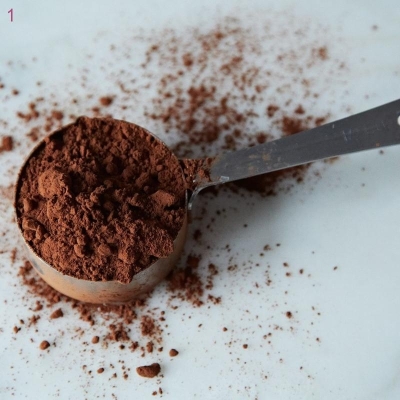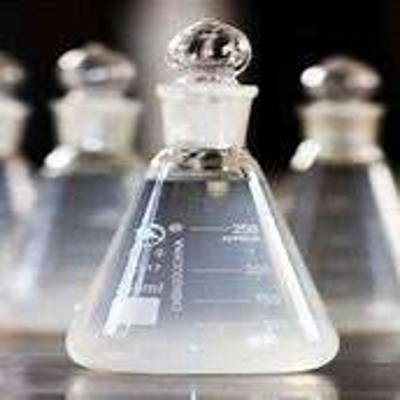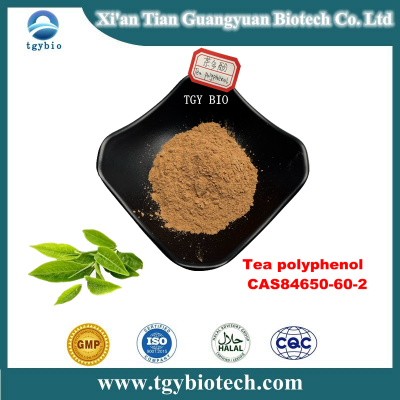-
Categories
-
Pharmaceutical Intermediates
-
Active Pharmaceutical Ingredients
-
Food Additives
- Industrial Coatings
- Agrochemicals
- Dyes and Pigments
- Surfactant
- Flavors and Fragrances
- Chemical Reagents
- Catalyst and Auxiliary
- Natural Products
- Inorganic Chemistry
-
Organic Chemistry
-
Biochemical Engineering
- Analytical Chemistry
-
Cosmetic Ingredient
- Water Treatment Chemical
-
Pharmaceutical Intermediates
Promotion
ECHEMI Mall
Wholesale
Weekly Price
Exhibition
News
-
Trade Service
Recently, the Resource Insect Biology and Breeding Team of the Institute of Bee Research, Chinese Academy of Agricultural Sciences revealed the differences in chemical composition and antioxidant activity of royal jelly produced at different flowering stages in the process of trans-site beekeeping by comparing the metabolome and proteome of royal jelly.
The quality of royal jelly is mainly determined by a variety of factors such as bee colony status, environmental conditions, and beekeeping management methods
In order to fully understand the impact of relocated beekeeping on the quality of royal jelly, researchers took the high-yielding bee jelly bees as the research object, and compared the components and antioxidant activities of royal jelly produced in the same relocated bee farm in five flowering stages
The study found that both the metabolic profile and protein profile of royal jelly were affected by the flowering period, and the content of low-content carbohydrates such as raffinose, glucopyranosyl sucrose, and sucrose and the content of major royal jelly protein 5 (MRJP5) changed the most
In addition, the moisture content and protein content of the royal jelly samples are in line with the international standard for royal jelly (ISO 12824:2016)
(Yang Yuhui)
"China Food News" (06 edition on April 11, 2022)
(Editor-in-charge: Yang Xiaojing)







